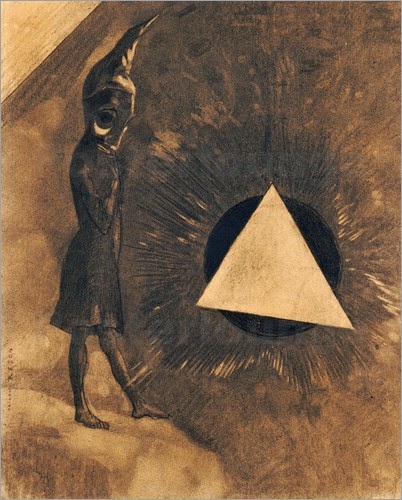Been playing Shantae. Aggressively nostalgic, exceedingly Crayola, surprisingly excellent. Been have interested in playing it since it came out for the Game Boy Color. Anyway, it has me thinking about dancing. Also been thinking about Gus L’s Imperial Cultists. So here’s a prancing bardlike that mashes the two together.
 |
| from Etrian Odyssey |
 |
| from black swan |
HP, attack bonus and XP as Cleric. Saves and Equipment as Thief.
Dancers perform magic dances, which aren’t memorized and forgotten like spells–they can be attempted as often as the dancer wishes.
Each Dance function like Lamentations of the Flame Princess skill. You start out with a 1-in-6 chance of succeeding on checks pertaining to the relevant dance, but you can increase the odds of success with skill points. At level 1, you start out with 4 skill points to allocate however you wish; every time you level up, you gain 2 more. You can only improve Dances you’ve learned, naturally. A Dance cannot exceed a 5-in-6 chance of success. If all of this is too complicated for you, just use the thief’s Hear Noise skill odds for all known dances.
Dances always work, but for every turn you perform a Dance, you must make a check with the relevant skill. If you succeed, you continue your performance unfazed; if you fail, you take a level of exhaustion. (There are a lot of ways to do this. In my games, for each level of exhaustion, you suffer a -1 penalty to all attribute, attack, and skill rolls, and move as if you were encumbered by an additional level. If you roll a negative number on a roll while exhausted or reach a movement speed of 0, you fall unconscious for d4 Turns. Eating a ration and resting for a Turn removes one level of exhaustion.) When you are dancing, you move no faster than 30′. If you are struck by an attack while dancing, you must make a Save vs Breath or end the dance.
 |
| from Shantae |
Dances
You begin play knowing two Mysterious Dances dances. To acquire more, you must find them in your travels. Learning a dance from a tutor takes a week. Learning a dance from written instructions takes a month.
Mysterious Dances
- Arson Dance: When you perform this dance indoors, no fire within that structure can be extinguished until you leave or stop dancing. This may work in a limited area (such as a single story or wing) in very large buildings.
- Vorpal Dance: This dance ends by tracing a finger or toe across a flat surface. This creates a cut with a depth in inches equal to twice the number of turns you danced, regardless of material.
- Murder Dance: For each round you perform this dance, every creature that can see you takes d6 necrotic damage as they slowly crumble to dust; they can Save vs Spell for half damage
- Scandal Dance: Any creature that sees you perform this dance must Save vs Spells or pay attention to nothing else but you for as long as you continue to dance. This does not change its disposition towards you.
- Shatter Dance: Completing this dance breaks every mundane piece of glass within a number of feet equal to 10 times the number of Turns spent dancing.
- Dark Dance: Completing this dance extinguishes every torch, lamp, or other light source within a number of feet equal to 10 times the number of Turns spent dancing.
Forbidden Dances
Known to no one. Can only be learned from forgotten texts.
- Bone Dance: animates a number of HD of undead equal to half your level, rounded up. They obey your spoken commands until you stop dancing, at which point they go berserk.
- Wind Dance: As per Stormspeech. Lasts until you stop dancing.
- Dance of Monstrosity: As per Summon. Replace all mention of caster level with number of turns spent dancing.
- Dance of Change: When you complete this dance, you may polymorph into a mundane animal of your choice with HD equal to or less than half your level. The transformation lasts for as long as you danced or until you choose to revert to your true form.
- Immolation Dance: Performing this dance sets you on fire and makes you immune to all heat and flame. Any creature in melee range of you takes d6 damage, and you ignite every flammable thing you pass by. Ceasing to dance ends your immunity to heat, but it doesn’t douse you.
- Prominence Dance: For as long as you perform this dance, the Sun shines overhead as if it were noon. Only works outdoors
- Nocturne Dance: For as long as your perform this dance, the sky darkens and the stars shine as if it were midnight. Only works outdoors.
 |
| from Magi |
So the idea behind all of this is you have multiple pressures on the character, most of which revolve around the overloaded encounter die/Hazard System.
- Rations encumber you, but let you reduce exhaustion.
- Exhaustion reduces the amount of stuff you can carry (including rations) and makes you more likely to fail dances, which exhausts you more
- Dancing takes time, which makes encounters and complications more likely, which might require more dances to resolve.
- Armor makes it safer to use dances in combat, but leaves you less room for rations and makes you even slower while you dance.

















